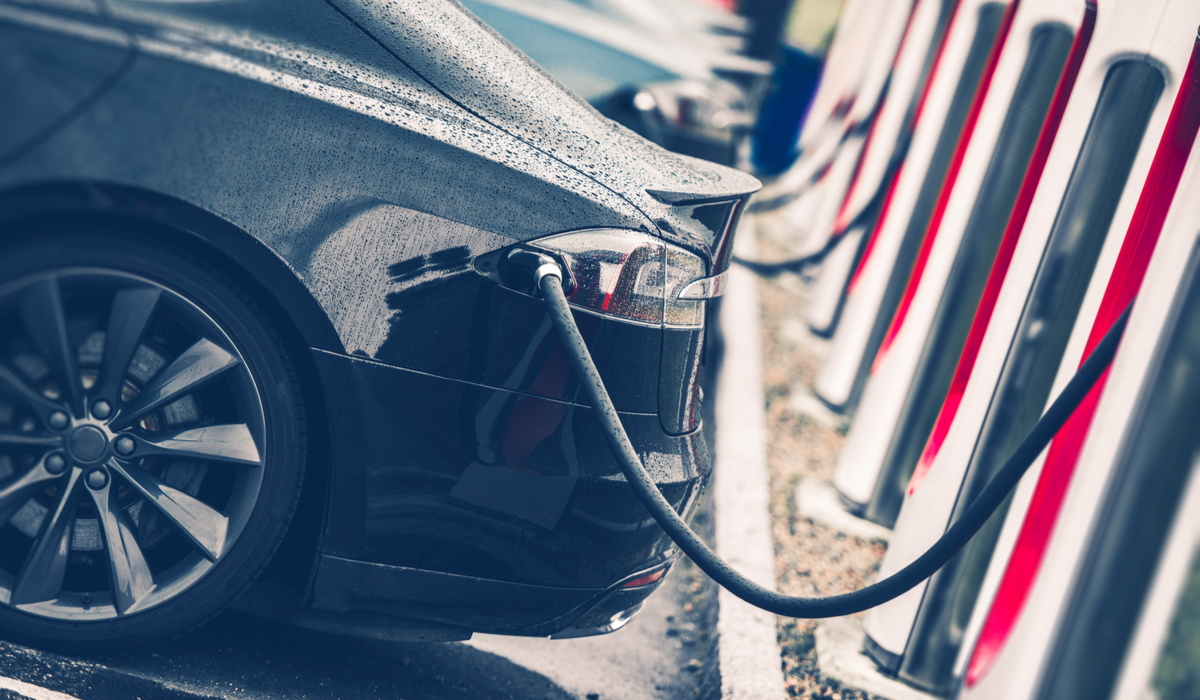Energy Productivity Has Gone Way Up, But These Numbers Show We Need to Keep Pushing
Let's Save Energy
Alliance to Save Energy's Blog
Energy Productivity Has Gone Way Up, But These Numbers Show We Need to Keep Pushing

On Wednesday, the Business Council for Sustainable Energy and Bloomberg New Energy Finance released their latest Sustainable Energy in America Factbook, a marvelous and compelling resource for anyone interested in understanding the current trends affecting the U.S. energy sector. From gas production to renewable development to power, transportation and end-use energy efficiency, the Factbook is a must-read for top policymakers who need to understand the state-of-play of clean energy and make informed decisions.
While the Factbook has often provided a source of optimism for clean energy wonks, this edition was more of a mixed bag for energy efficiency aficionados. That news centers on our energy productivity – the ease with which we convert energy into economic benefit.
Up through the 1970s, economic growth (i.e., gross domestic product or GDP) tracked closely with energy consumption, with energy needs serving as a kind of “ceiling” for economic productivity. Then, with shifts in the U.S. economy and visionary energy efficiency policy, we learned how to get more economic value from our energy. Economic growth and economic development became “decoupled” from one another, and our energy productivity (the ratio of the two) soared. The concept may seem abstract, but it tracks with concrete benefits that we can all celebrate: appliance and equipment efficiency standards alone deliver household savings on energy costs of roughly $500 per year, cumulative reductions of 7 billion metric tons of carbon dioxide through 2030, and improvements in quality of life, access to energy, and health.
Since 1990, energy productivity has improved year-on-year every year except for a few: in 2010 and 2013, the product of economic recession. In 2018, the new Factbook finds U.S. energy productivity ticked down again, declining by 0.4 percent as energy consumption outpaced GDP growth. What’s going on – is this a blip or a canary in the coal mine?
The economy is a complex organism and there are many causes that could be responsible – extreme weather events, low energy prices, unusually fast economic growth, structural changes in the economy, and technological changes, to name a few – but the data point deserves notice. Combined with recent actions by the Trump administration deprioritizing energy efficiency policy, like the efforts to defund ENERGY STAR, freeze fuel economy standards, and roll back lightbulb efficiency rules, it raises an important question: is this a small blip in a path toward greater energy productivity, or is this the beginning of a backslide? At the Factbook launch, Bloomberg New Energy Finance Head of the Americas, Ethan Zindler, lamented that the combination of low oil prices with rising impacts of climate change may make it harder to achieve our climate emissions reduction goals.
It may take years to know whether this year was just a minor aberration. But it is still a valuable wake-up call to realize that pursuing greater energy productivity doesn’t necessarily happen on its own: it’s a choice, implemented through good policy. The energy efficiency potential in the U.S. remains enormous. Through building codes and standards, efficient transportation, tax policy, and improved infrastructure, we can reduce our significant energy waste and benefit our families, communities, and country. With effective policy design, we could return to a path to double energy productivity by 2030.
The Factbook’s conclusions weren’t all doom and gloom, though. Energy efficiency investments hit a new high with utilities spending $8 billion in 2017, a 5 percent increase over 2016. Several states also adopted new building codes. Investments in Energy Savings Performance Contracts (ESPCs) and Property Assessed Clean Energy (PACE) financing programs delivered a record level of financing in 2017, and a number of private companies pledged to double their energy productivity.
The Factbook also highlighted critical trends on LED lightbulbs and transportation sector efficiency and electrification. The Alliance has engaged extensively on these topics, including through the 50x50 Commission on U.S. Transportation Sector Efficiency, and we look forward to taking greater advantage of the tools in our toolkit to enhance energy productivity.
We have the tools, and in some areas, we’re making progress. But the path to greater energy productivity may not be easy; in fact, it may be getting harder. That makes our work all the more worth it.
STAY EMPOWERED
Help the Alliance advocate for policies to use energy more efficiently – supporting job creation, reduced emissions, and lower costs. Contact your member of Congress.
Energy efficiency is smart, nonpartisan, and practical. So are we. Our strength comes from an unparalleled group of Alliance Associates working collaboratively under the Alliance umbrella to pave the way for energy efficiency gains.
The power of efficiency is in your hands. Supporting the Alliance means supporting a vision for using energy more productively to achieve economic growth, a cleaner environment, and greater energy security, affordability, and reliability.



